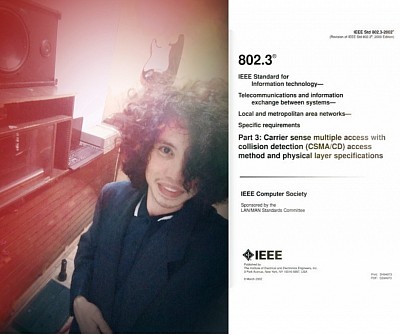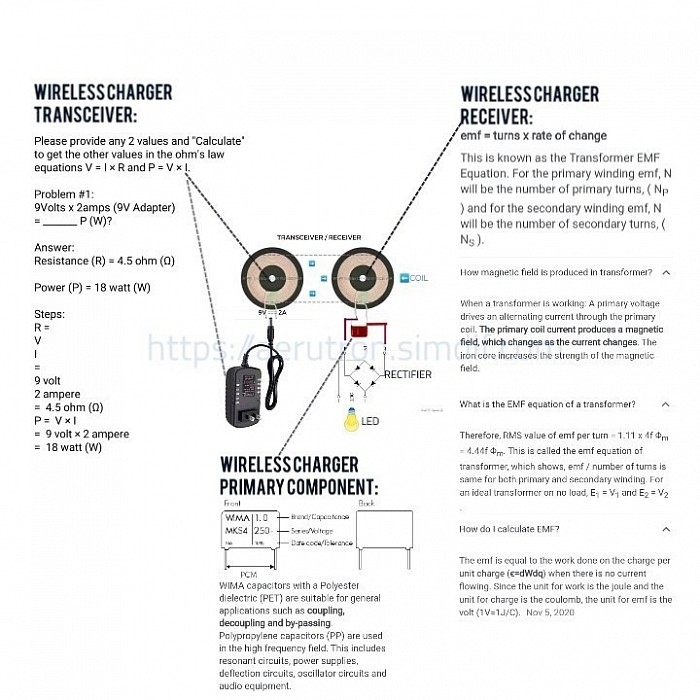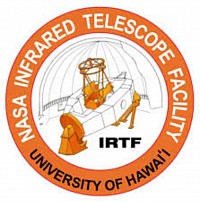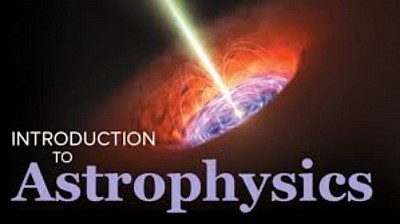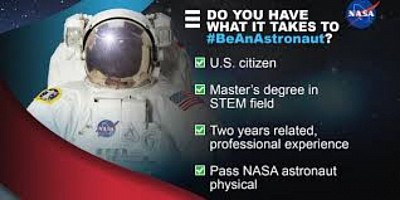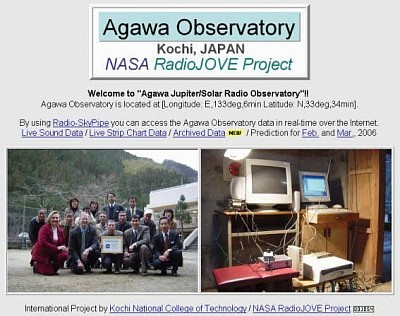HOME
ASTROPHYSICS FORUM/AGENDA
IEEE IT
Click👉https://physik.simdif.com
History
Mr. A was an English Man Came from The United State of America in History + has a Chinese Japanese and Europen/Filipino Genes in The Beggining.
Mr. A was a Former Government Leader's (Politician), Philosopher and inventor born on September 26, 1990, in the Philippines. Often called “The Father of LED Wireless Charger Computing,” Mr. A detailed plans for mechanical Calculating Computer Satellite Machine, Difference Network, and More!.
Astrophysics
Astrophysics is a branch of space science that applies the laws of physics and chemistry to explain the birth, life and death of stars, planets, galaxies, nebulae and other objects in the universe. It has two sibling sciences, astronomy and cosmology, and the lines between them blur.
Physics Documentary
I.) Matter - Please Copy paste on it on your Internet Browser the Link/URL Below!
👉https://youtu.be/cc53dv7mlAs
II.) Antimatter - Please watch this Video👇
PHYSICS
Agawa Family History
You can see how Agawa families moved over time by selecting different census years. The Agawa family name was found in the USA in 1920. In 1920 there were 2 Agawa families living in Hawaii. This was about 40% of all the recorded Agawa's in the USA. Hawaii had the highest population of Agawa families in 1920.
Agawa Name Meaning, Historically, surnames evolved as a way to sort people into groups - by occupation, place of origin, clan affiliation, patronage, parentage, adoption, and even physical characteristics (like red hair). Many of the modern surnames in the dictionary can be traced back to Britain and Ireland.
PHYSIK
Einstein's equation E = mc2 shows that energy and mass are interchangeable. The theory of special relativity explains how space and time are linked for objects that are moving at a consistent speed in a straight line. One of its most famous aspects concerns objects moving at the speed of light.
ASTROPHYSICIST COURSES
Astrophysics Career Options
Astronomers
Observational
Astronomers Solar
Astronomers
Technicians
Research Assistants
How is computer science used in astronomy?For instance, astronomers have traditionally estimated the distances to remote galaxies using a spectrometer, which divides light from an object into its constituent wavelengths. ... This international network, 10 years in the making, allows astronomers to use the Internet to assemble data from dozens of telescopes.
Who is the Father of Computer?
Charles Babbage KH FRS was an English polymath. A mathematician, philosopher, inventor and mechanical engineer, Babbage originated the concept of a digital programmable computer.
https://www.timeshighereducation.com/world-university-rankings/keele-university/courses/astrophysics-and-computer-science
The agency's basic requirements are a bachelor's degree in engineering, biological science, physical science, computer science or mathematics, followed by three years of professional experience (or 1,000 hours of pilot-in-command time in jet aircraft). Candidates also must pass NASA's astronaut physical examination.
Who is the CEO of NASA?
NASA Administrator Jim Bridenstine
James Frederick “Jim” Bridenstine was nominated by President Donald Trump, confirmed by the U.S. Senate, and sworn in as NASA's 13th administrator on April 23, 2018.
Who hires NASA?
Career Corner for Students Grades 5-8
NASA isn't just astronauts and scientists. NASA has engineers, mathematicians, accountants, historians, writers, computer support technicians, project managers, artists, educators, human resource personnel, public relations managers, physicians, lawyers -- and more.
Yes, a bachelor's degree is all that's required to become an American astronaut. But no, yours probably doesn't count. NASA only accepts bachelor's degrees in engineering, biological science, physical science, computer science or mathematics.
Can astronomers become astronauts? Usually to become an astronaut you need a degree in some field of science or medicine - not necessarily astronomy but it can be astronomy. ... Another way to become an astronaut is to be the pilot. For this you need air force training because you need a lot of flight training and experience with military aircraft.
How can I work for NASA?
Search and Apply
Create a USAJOBS Account: In order to apply for a civil service job at NASA, you must first create an account on USAJOBS. ...
Complete your Profile: Before you can apply for a job, you will need to complete your profile on USAJOBS. ...
Build your Resume: After you complete your profile, you will need to build your resume.
Duties and responsibilities of NASA
NASA stands for National Aeronautics and Space Administration. NASA is a U.S. government agency that is responsible for science and technology related to air and space. The Space Age started in 1957 with the launch of the Soviet satellite.
AGAWA NASA JAPAN
Agawa Observatory is located at [Longitude: E,133deg,6min Latitude: N,33deg,34min].
By using Radio-SkyPipe II you can access the Agawa Observatory data in real-time over the Internet.
Agawa Observatory Web Page in Japanese / Archived Data / Prediction for Oct. and Nov., 2009
JUNE 2006 ISSUE - Leonard N. Garcia (QSS Group, Inc.), EditorVisit our Web Site: http://radiojove.gsfc.nasa.gov
Email Radio JOVE at: [email protected]
The opinions expressed in this newsletter are those of the authors and not necessarily those of Radio JOVE, or NASA.CONTENTS
➡️ Radio Jove: the High School Students' Perspective Solar Data Analysis from MTSU Observatory of Mihai Dumitru, Melbourne, Australia Observatory Report: Agawa Jupiter Radio Observatory, Japan Update on the Samouce Solar FacilityNew Look for the Radio JOVE Website Update on RJ Kit Distributions Useful websites for Radio JOVE Radio JOVE at a Glance THE JOVE BULLETIN INFORMATION ⬅️
We are two seniors at Thomas Jefferson High School for Science and Technology in Alexandria, Virginia. During the 2005-2006 school year, we have been continuing a three year Radio JOVE project to collect signals from the galactic background. This is actually the first year that a team has been able to collect data; the prior two teams spent their time constructing the telescope.
We entered our project in the local science fair and progressed to the regional level amongst steep competition, finishing with second place in our Earth & Space Science category and a first place award from the National Space Club. One of the differences in our project compared to the other projects at the Fair was the fact that our project was based on research, not experimentation. The main goal of our project was to collect and analyze data, but it quickly became more of a priority to analyze the telescope itself.
We began this project with little prior knowledge of radio astronomy. The original difficulties of this project were not in comprehending complicated theories and formulas in college level textbooks. Instead, we faced problems with simple tasks such as tying knots, adapting our equipment to the weather, preparing electronics, and more importantly, understanding the errors we saw in our data. Although it was easy to find information about the signals we were supposed to pick up, we could not figure out what we were doing wrong until we contacted a member of the JOVE community, Mr. John Avellone.
Several of the errors we encountered included:
Signal interference - the generator on the roof would give off signals, as well as the walkie-talkies we were using, so we turned the generator off and stopped using walkie-talkies.Battery - we were using a two year old dying battery until we replaced it, and the battery was also affected by the external cold temperatures until we placed it in an insulated icebox.Transceiver - several components inside our transceiver snapped, namely the wire connections to the antennae and some resistors. With little electronics expertise, we opened the box and re-soldered the connections.Wires - cables and connections would sometimes come undone due to wind and weather. We placed bricks on the cables to stabilize them.
Although we will not be able to continue this project, we are passing it on to another team of rising senior students for the 2006-2007 school year. We hope that they will be able to perfect the structure and efficiency of our rooftop telescope, as well as finally be able to collect solar and Jovian signals in addition to the galactic background. Their upcoming school year will be a prime time for solar activity, and we hope that they will be able to capture the effects of solar flares. While we were faced with the challenges of the telescope, from its set-up to its data collection to recognizing errors, we have nonetheless not only gained knowledge and appreciation for radio astronomy, but also improved our telescope for future TJHSST teams.
For More Details please visit us @➡️ https://radiojove.gsfc.nasa.gov/library/newsletters/2006Jun/
Granted pursuant to Republic Act (R.A.) No. 7160, dated October 10, 1991, otherwise known as the “Local Government Code of 1991”.
- Mr. A
+639
Address:
Salvacion Pasacao CamSur
Zone 7, Villarey San Cirilo Pasacao CS.
Calauag Naga City Camarines Sur.
4400
